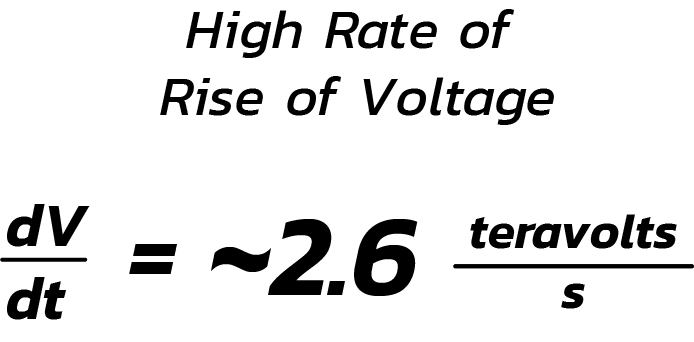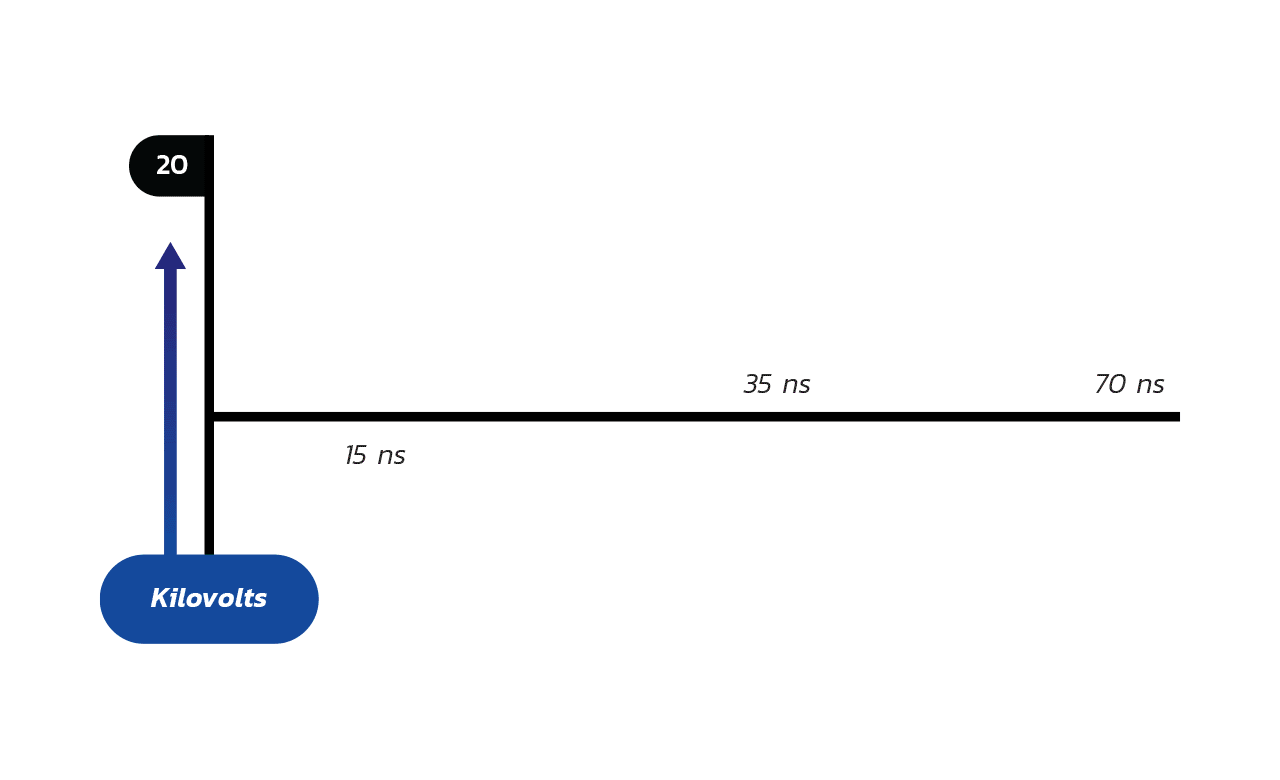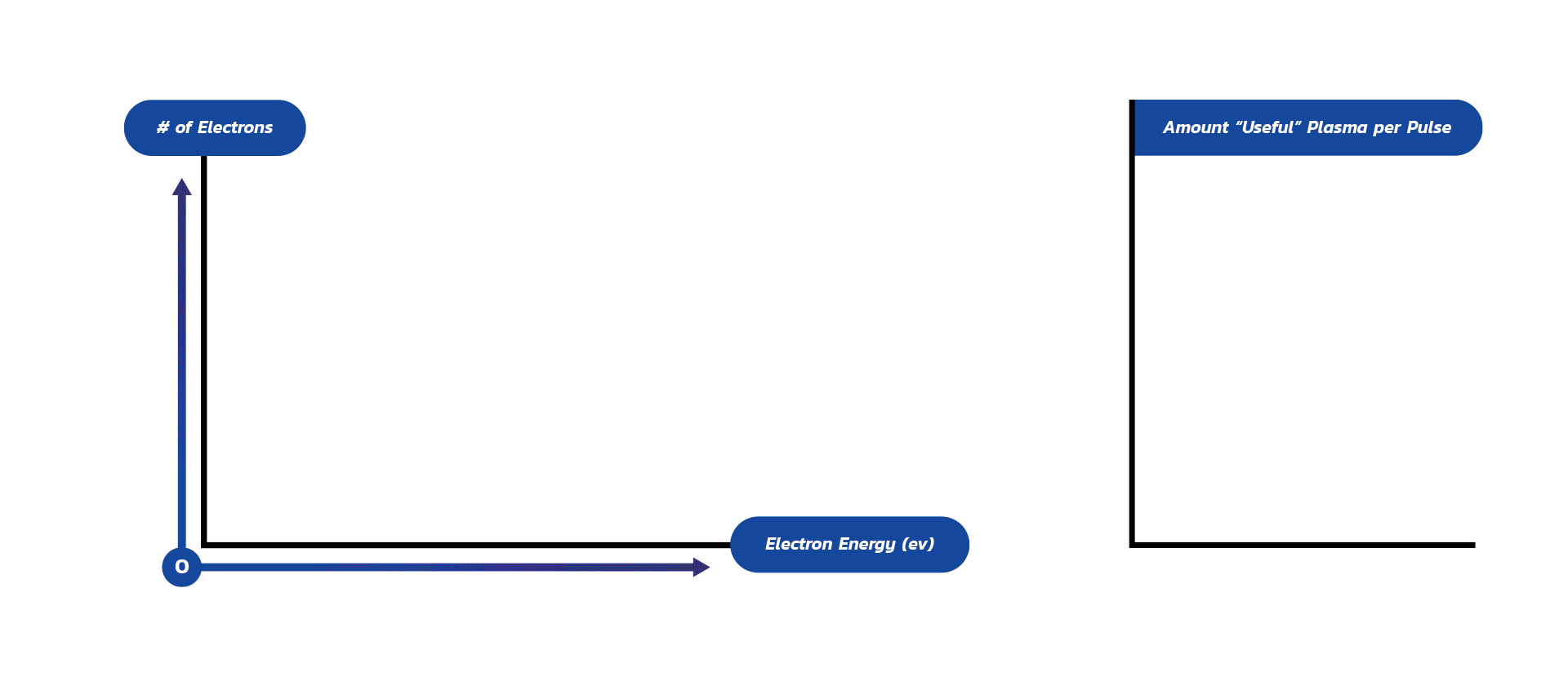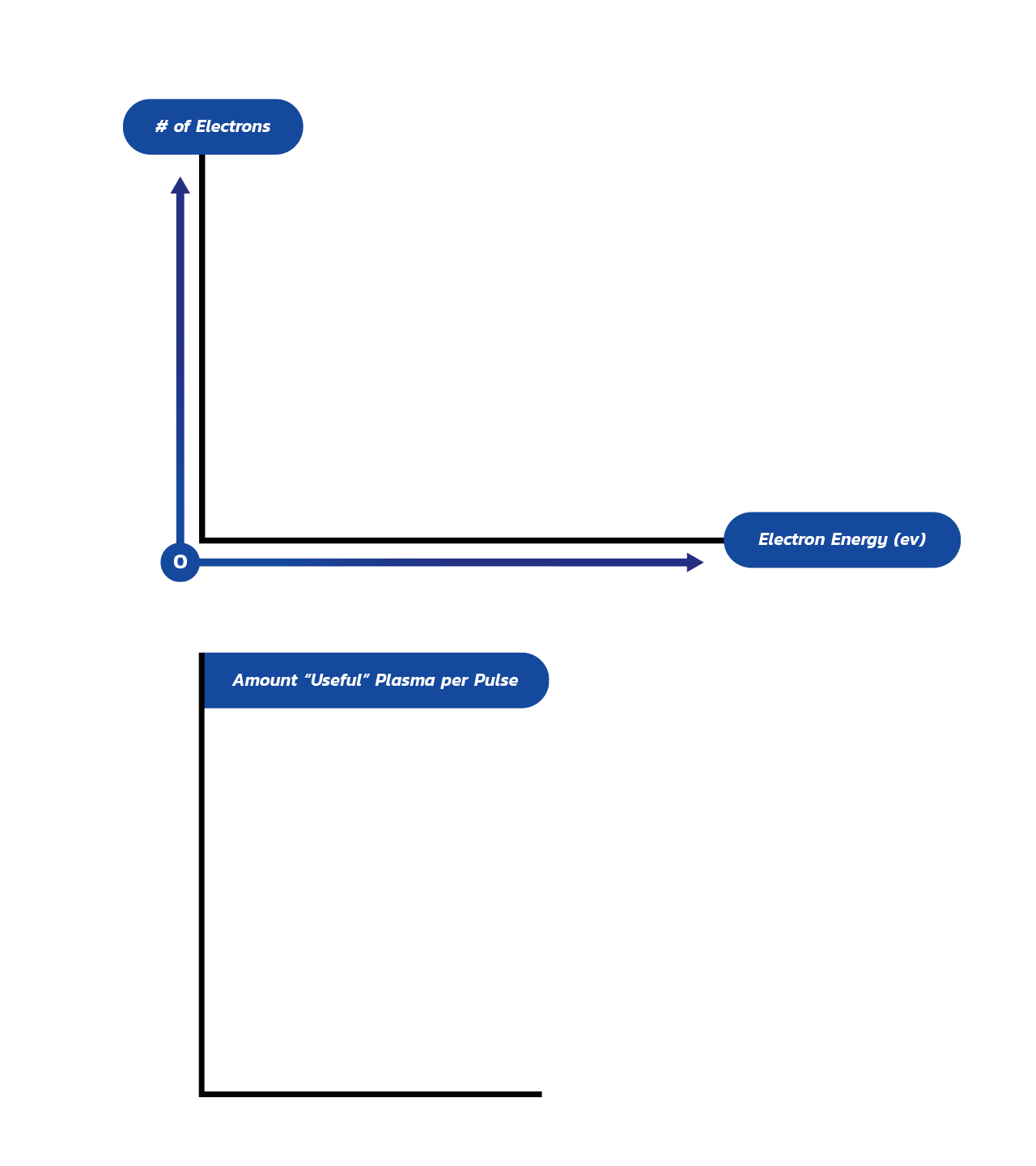Recent News
Advantage
and Value
Benefits of Transient Plasma Surface Treatment System:
Ideal for treating sensitive substrates like textiles as well as medical applications like wound sterilization
Low sensitivity to working distance makes it suitable for coating uneven surfaces including printed circuit board assemblies
Precise control of plasma energy enables soft fragmentation of complex molecules like HMDSO, APTMS, AGE etc. resulting in high integrity functional thin film coatings for applications such as:
Medical devices like drug-eluting stents, interventional catheters
Thin functional coatings for diagnostic tools like lab-on-chip
Adhesion promoting film replacing wet chemical primer in industrial adhesive bonding applications
Surface Treatment Solutions
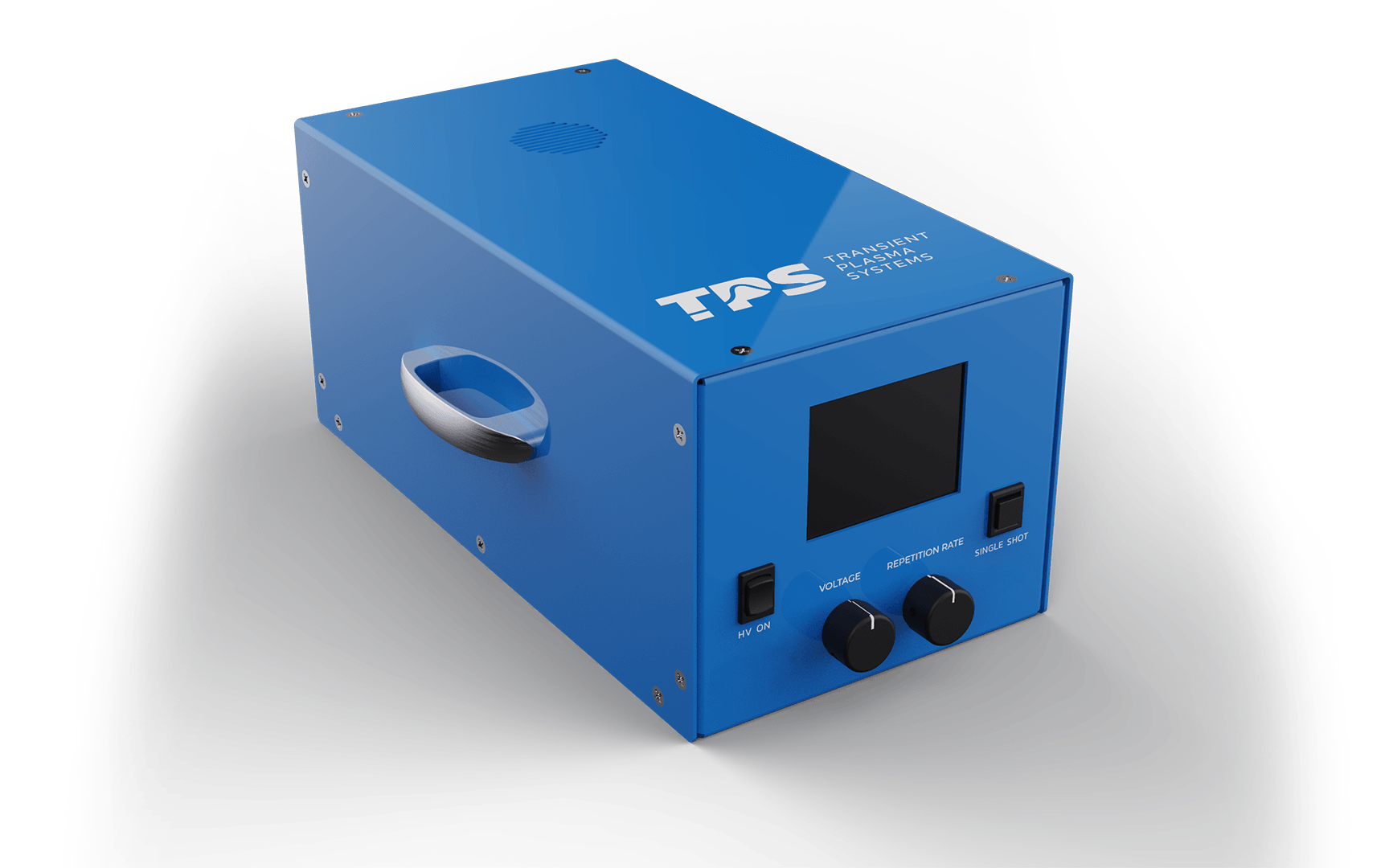
TPS Solid State HV Nanosecond Pulse Generator
Adjustable amplitude from 0-7 kV into 50 Ω
Adjustable amplitude from 0-10 kV into 100 pF
Pulse duration at FWHM (Fixed) into 50 Ω: 14 ns
Repetition rate into matched load (50 Ω): adjustable up to 5 kHz
Repetition rate into high-Z load (500 Ω // 100 pF): adjustable up to 500 Hz
Capable of bursts of pulses at significantly higher repetition rates
Maximum average input power: 125 W
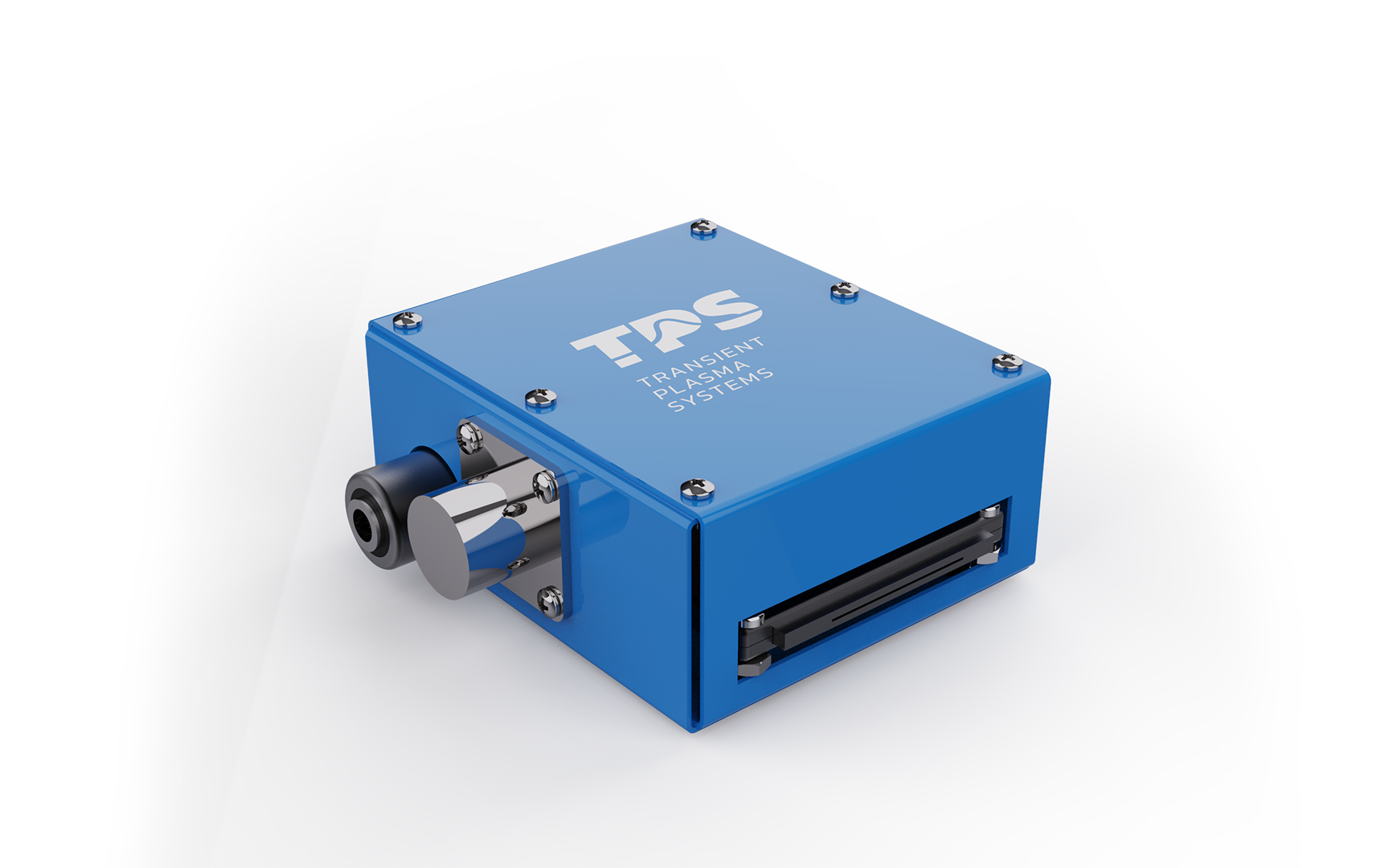
TPS Plasma Head
Versatile plasma head enables user to tailor the working distance, plasma intensity, and treatment area and speed through easy adjustments
Provides excellent treatment uniformity across the width of the sheet beam
Available plasma head geometries include pencil beams (diameter as small as 0.5 mm) or sheet beams (widths as large as 10 cm)
Safely treats both insulating and conductive surfaces
Optional injector for thin film coating applications (available upon request)
TPS Plasma Processing for Surface Treatments Functionalize Surfaces in open environments with higher performance, lower cost, and higher throughput.
Surface Cleaning
with Transient Plasma Systems Enables:
with Transient Plasma Systems Enables:
Increase in surface energy
Surface functionalization for adhesion
No foreign residues impurities from electrodes/plasma system
Direct comparison of the C1s spectra before and after surface processing by Transient Plasma on aluminum 6061 – the functionalized species are indicated by the higher peaks at the shoulder left to main peak
C1s BEFORE
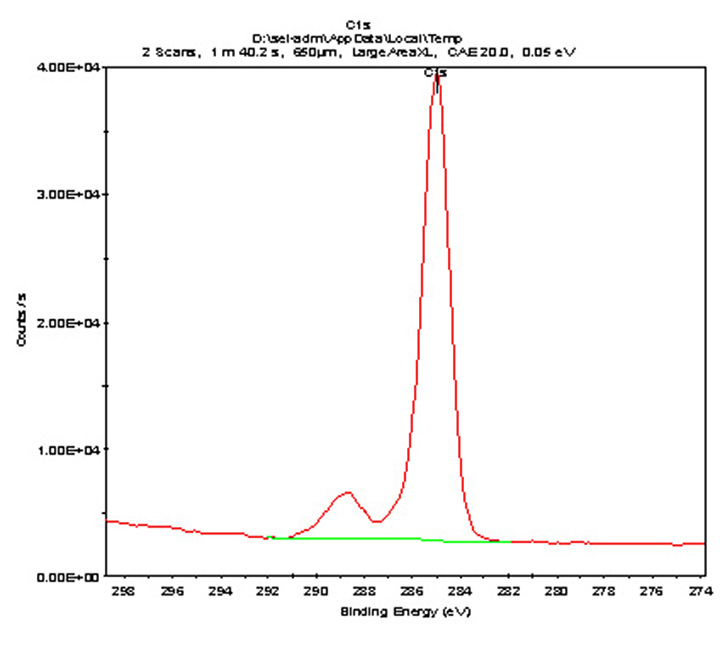
C1s AFTER
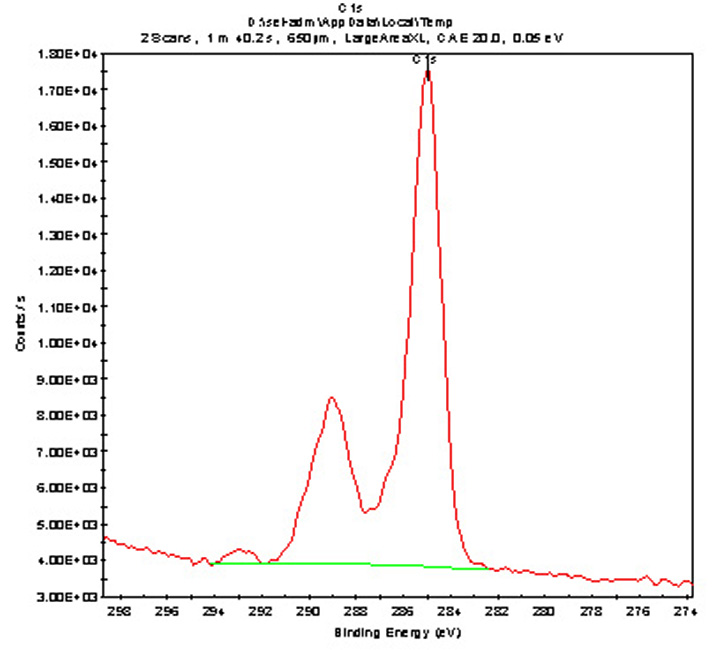
Surface Activation
with Transient Plasma Systems Enables:
with Transient Plasma Systems Enables:
Effective functionalization of even temperature sensitive substrates like EPDM and difficult to activate substrates like silicone
No changes to surface topology leading to better adhesion
No particle deposition
SEM pictures taken from an EPDM surface before and after treatment by Transient Plasma show no significant change on the surface topography.
EPDM Surface BEFORE
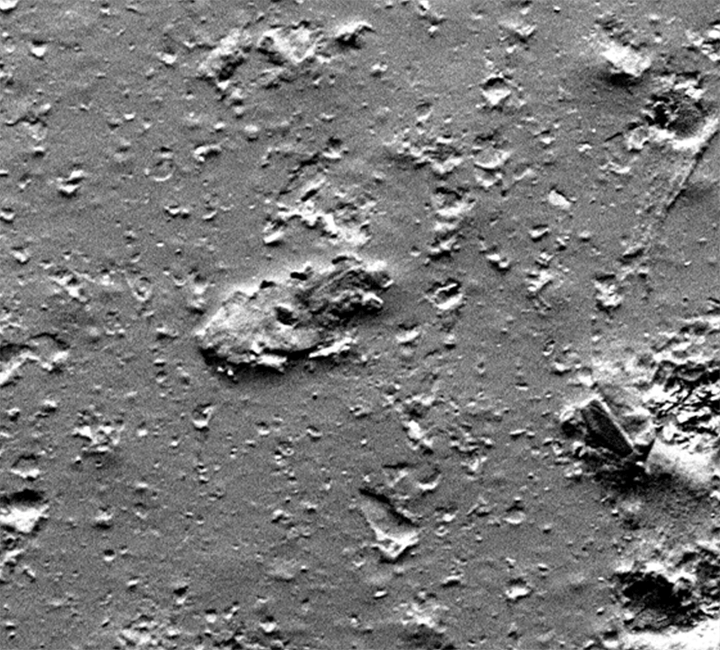
EPDM Surface AFTER
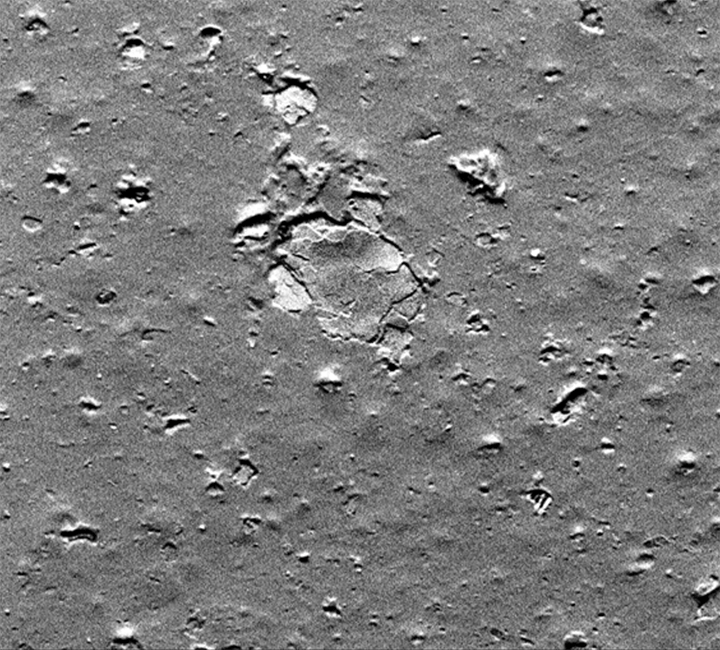
Bonding result force/way plots for both versions of EPDM (non-activated and activated by plasma) with the difference in elongation.
For activated EPDM, bond strength is not limited by adhesion, but by material strength of EPDM (rupture on elongation).
WITHOUT (TPS) Transient Plasma Treatment
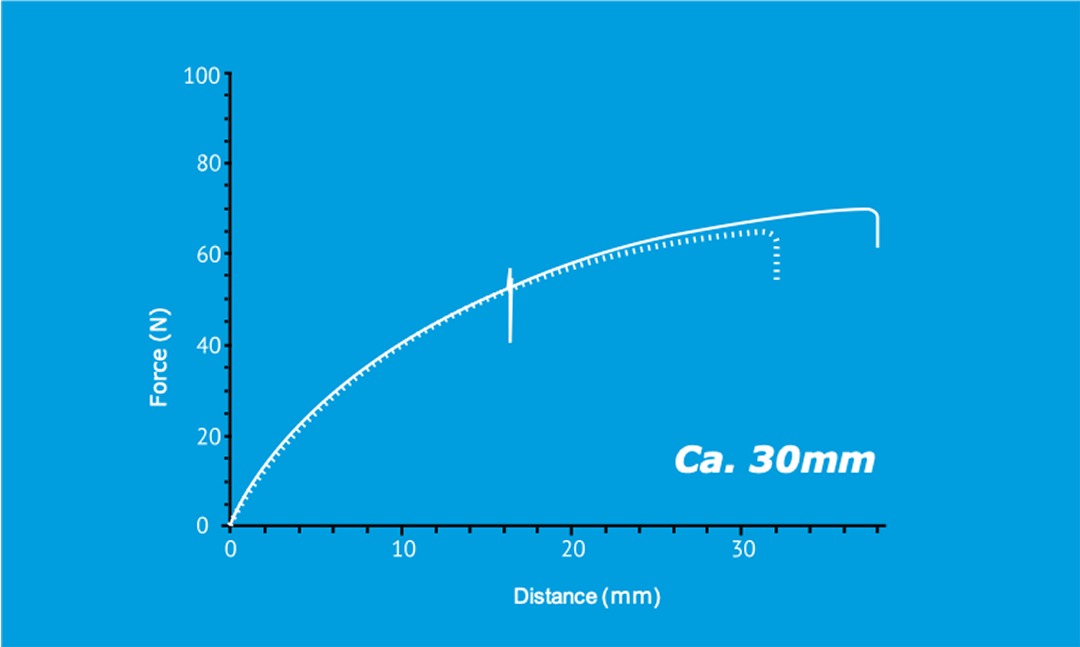
Bonds Break at <100N of Force
WITH (TPS) Transient Plasma Treatment
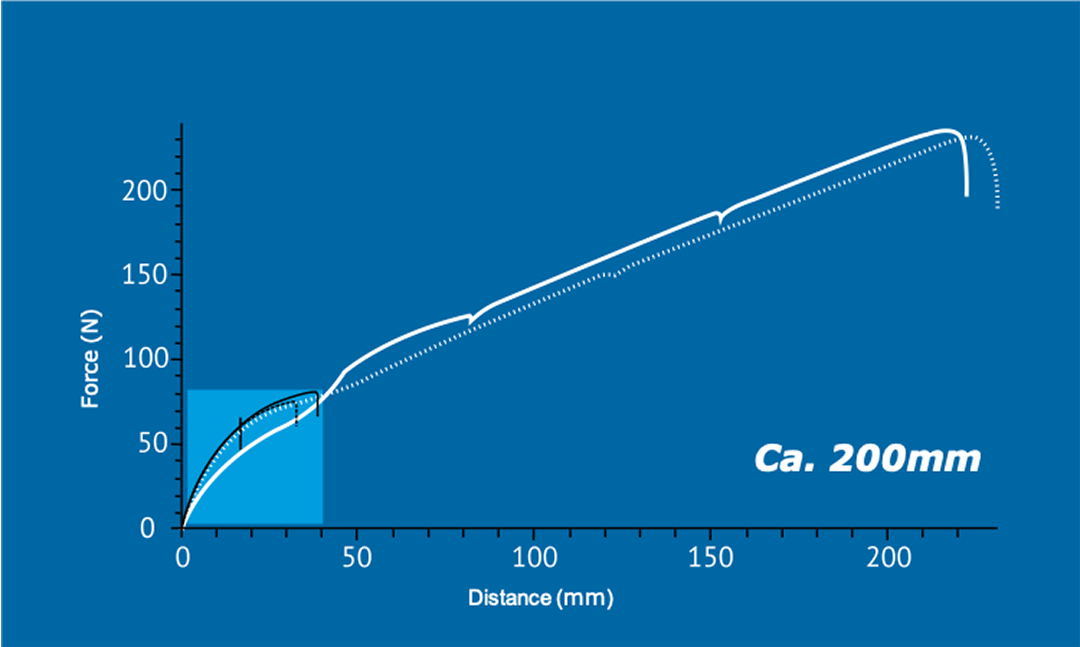
Bonds Hold at >200N of Force
Surface Coating
with Transient Plasma Systems Enables:
with Transient Plasma Systems Enables:
Precise tuning of plasma energy via:
Pulse repetition rate, and
Peak pulse voltage
Enabling polymerization of the precursor on the surface substrate but without destroying the amino groups of the precursor during fragmentation in the plasma
Dense/defect-free coating with good adhesion
Achieve complex (multiple) functionalization for applications like biomedical devices
Transient plasma energy can be controlled precisely to get the exact surface properties needed for your application
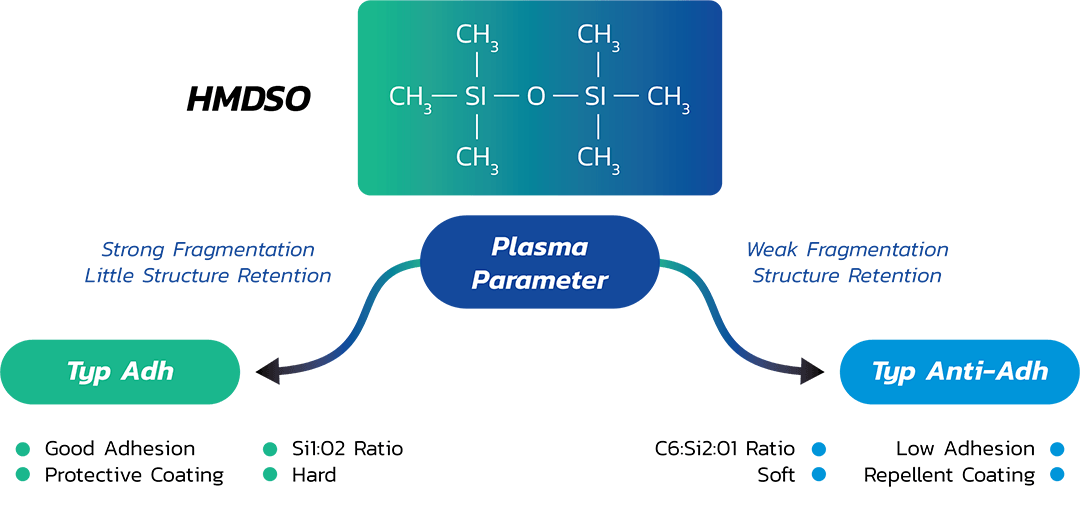
Fluorescence microscopy image of the surface of a silicon wafer using laser illumination.
WITHOUT Coating
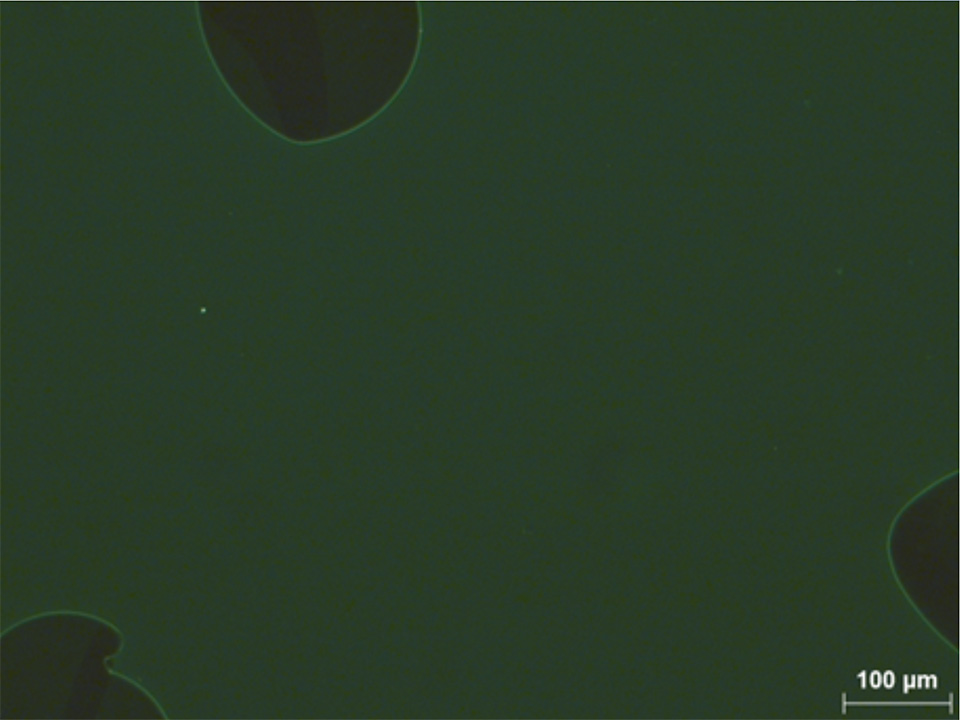
Successfully Coated with a Complex Biomarker
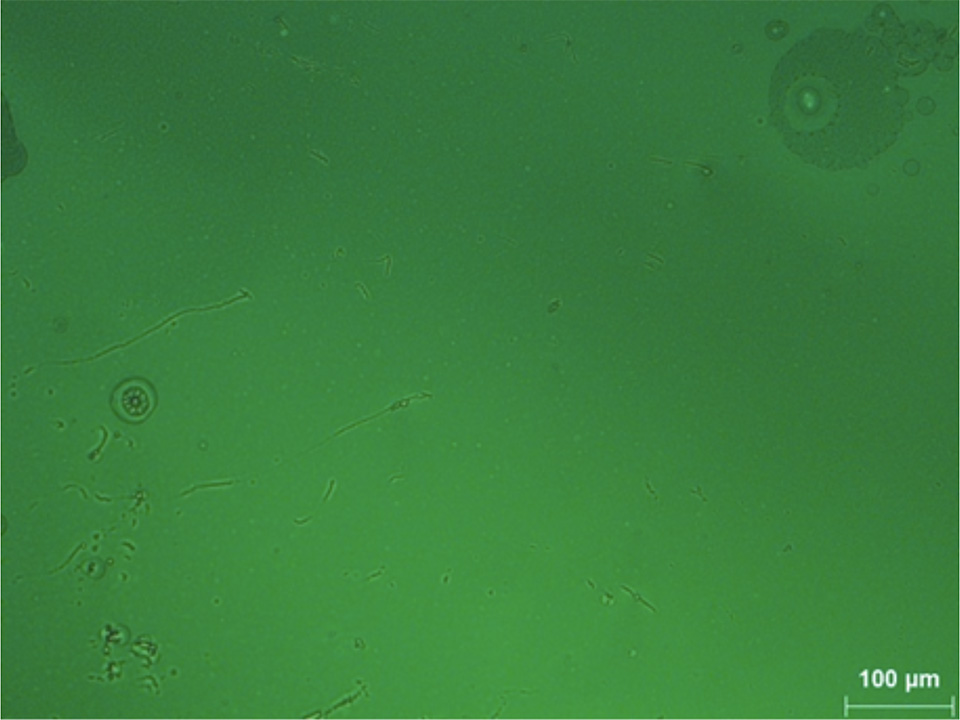
The TPS
Difference
250x
More Efficient Than Other Plasma-Production Methods
